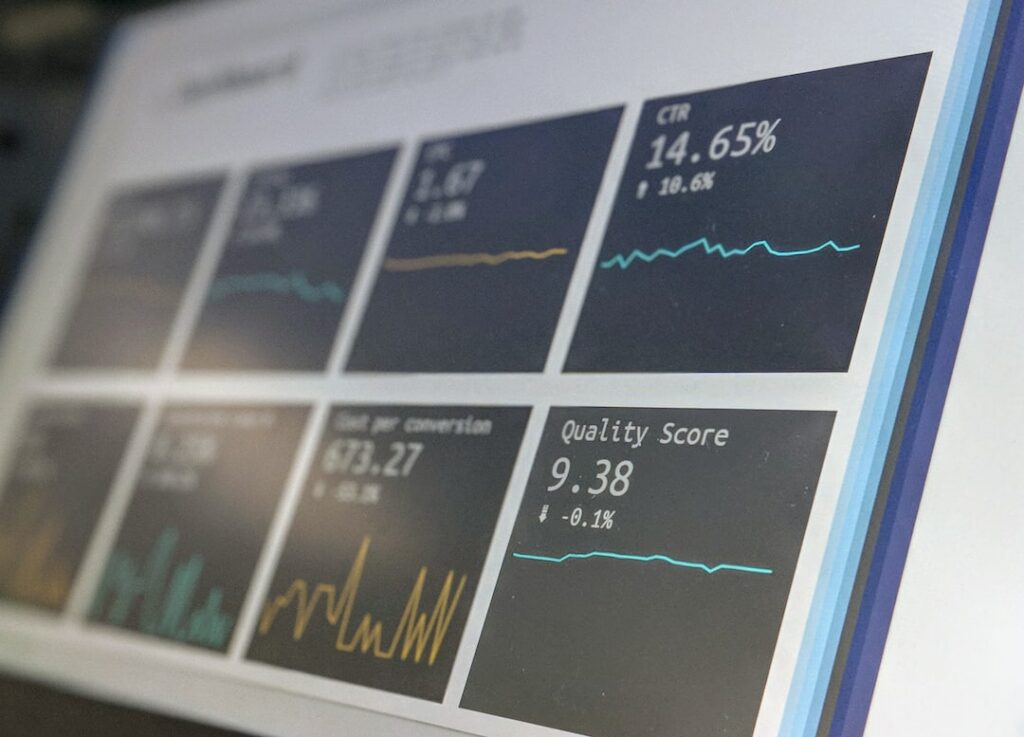Are you looking for a way to understand and address incidents within your organization? The root cause analysis form is perfect for businesses of all sizes and industries aiming to identify the underlying causes of problems, evaluate their impact, and implement corrective actions.
By using this form, you'll gain valuable insights to help improve your business operations and prevent future incidents. Get started on your path to continuous improvement today!
Tired of chasing people to fill out your forms? Try Content Snare
Questions to include on your root cause analysis form
1. Incident Details
Gathering information about the incident is crucial for understanding the situation and identifying the root cause. Be specific and clear with your questions to ensure accurate responses.
- What is the date and time of the incident?
- Where did the incident occur?
- Briefly describe the incident.
The descriptions and details collected will help provide context for the root cause analysis and assist in determining the factors that led to the incident.
2. Impact Assessment
Evaluating the impact of the incident is necessary to understand the severity and prioritize resources in addressing the issue.
- What is the estimated financial impact of the incident?
- How many people were affected by the incident?
- Was there any damage to property or equipment?
The impact assessment questions help you gauge the extent of the consequences and guide your response and prevention strategies.
3. Contributing Factors
Identifying contributing factors is an essential step in performing a root cause analysis, as it allows you to address the underlying issues and prevent future occurrences.
- What was the main cause of the incident?
- Were there any external factors that contributed to the incident?
- Were there any internal factors that contributed to the incident?
These questions help you gather information about various factors and potential causes, which will be essential in identifying the root cause and developing preventive measures.
4. Corrective Actions
Understanding the actions taken in response to the incident is important for evaluating their effectiveness and identifying areas for improvement.
- What immediate actions were taken to address the incident?
- What long-term corrective actions are planned to prevent similar incidents in the future?
The corrective actions questions allow you to gather information on the steps taken and help ensure that the organization is taking appropriate measures to address the root cause and prevent future occurrences.
Things to consider
- User Experience - Make the form visually appealing and easy to navigate by using consistent fonts, colors, and spacing. Ensure the form is mobile-friendly and accessible on all devices.
- Clarity of Questions - Ensure the questions are clear and easy to understand. Avoid jargon or technical terms that might confuse users. Consider using tooltips or help text to provide additional guidance.
- Required Fields - Clearly indicate which fields are required and which are optional. This helps users avoid submitting incomplete forms and ensures you receive the necessary information for your analysis.
- Progress Indicators - If the form has multiple pages or sections, consider using progress indicators to show users how far along they are in completing the form. This can help reduce abandonment rates and encourage users to complete the entire form.
- Validation and Error Messages - Implement real-time validation to check for errors as users complete the form. Clearly communicate any errors and provide guidance on how to correct them.
- Save and Resume - Offer the option to save the form and return to it later, especially if it is lengthy or requires users to gather information from multiple sources.
- Data Privacy and Security - Ensure your form complies with data privacy regulations, such as GDPR, by clearly stating your privacy policy and how the collected information will be used. Implement security measures to protect the data from unauthorized access or breaches.
How to create your root cause analysis form
Now that you know what questions you should include, it's time to build your form!
The only problem is that traditional forms tools are inefficient.
People will forget to fill out your form. They'll get stuck halfway and not be able to finish it. Or they'll send you the wrong stuff. You end up wasting hours chasing people down over email.
That's why you should give Content Snare a try.
Content Snare is packed with advanced features that will have you hours:
- Automatic reminders - Remind people to complete their form with fully customizable reminders.
- Reject incorrect information - If a single question is filled out incorrectly, ask your client to re-do just that one item.
- Autosaving - No progress gets lost. People can fill out forms in multiple sittings.
- Comments and questions - If the person filling the form gets stuck, they can ask a question without having to email you.
Give it a go by signing up for your free 14-day trial.


